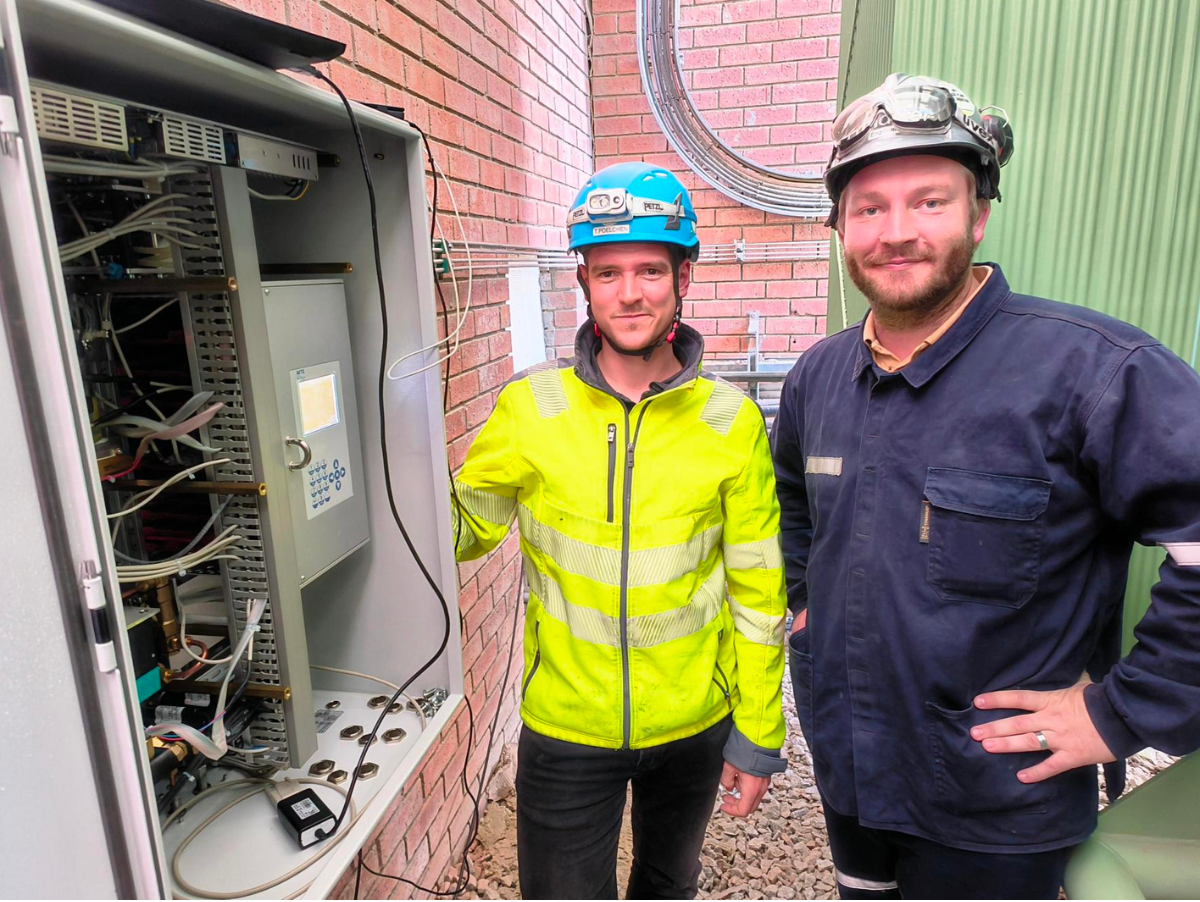When transformer failure could set you back R1.4 million an hour – a motivation for online condition monitoring dissolved gas analysis

In the mining industry, the numbers are big. In monetary terms, the consequences of failure on critical assets can quickly run into the millions. Conversely, the value-add of effective online gas analysis monitoring on transformers will have a positive impact and improve the return on investment of critical assets.
We recently completed the installation of the first single DGA (dissolved gas analysis) unit that monitors three transformer tanks at a client in the mining sector – a great milestone for Martec and South Africa, with this being the first installation of MTE’s Hydrocal H1008-3 DGA monitor. In this article, we look at the importance of transformer monitoring and the role and benefit of online DGA.
Comparing offline periodic and online continuous conditioning monitoring DGA
Traditionally a routine oil sample would be drawn and sent to an analysis laboratory for chemical analysis. This process can take up to a month to complete to have results that can be analysed. These samples are normally done annually; thus, there is only one set of data per year to determine the health status of a transformer. One must ask whether this data is enough to diagnose a pending problem. In essence, the answer is no.
Adding to the above, the manual sampling for DGA, a typically short-term health parameter, is often flawed. It takes a trained sampler to follow each step of the tedious process precisely and to take a representative sample using the correct container before taking it to a laboratory that is competent to do the analysis. The diagnosis is only as good as the sample taken.
In this instance, the client would lose approximately R1.4 million an hour if any of the transformers failed, and reliability with an online DGA monitor was paramount.
With online monitoring, the sample is reliably taken, analysed, and results are made available in a comparatively short amount of time (typically down to one or two hours, depending on the unit deployed and the setup of the online unit).
Can you ever have too much data?
When it comes to transformers, the short answer is no. With a DGA online monitor there is far more data to analyse through trends allowing us to identify a developing problem on a transformer. DGA is the best short-term solution for transformer condition monitoring in that other parameters can take months to develop, but DGA can occur in seconds, minutes, hours, or days. From the data derived from the unit, better decisions can be made on the unit’s health, especially when the risk of failure has catastrophic consequences.
Condition monitoring: value
In this case, the MTE Hydrocal unit (H1008-3) installed measures seven of the gases and moisture in the transformer; thus, with this type of unit it is possible to use the data for all of the values that are most desirous in condition monitoring:
- Value 1 | Detection – a measured parameter has been exceeded
- Value 2 | Monitoring – a trend can be produced to determine the rate at which the parameter is rising
- Value 3 | Diagnostic – a combination of the parameters is used to predict a condition or fault that is occurring
All three values allow the Engineering and Maintenance teams time to plan and safely remove the unit from service for inspection and repair.
Transformer fleet risk analysis
Before applying online monitoring, conducting a transformer fleet risk analysis is best to determine which units are suitable for online monitoring. There are numerous criteria that need to be taken into consideration, and the use of the current sample results data to determine the current health status of the units within the fleet. By conducting transformer fleet risk analysis, organisations can make informed decisions about maintenance strategies, investments, and resource allocation to optimise the reliability and performance of their transformer fleet while minimising potential risks and associated costs.
Read more about our transformer monitoring service here.